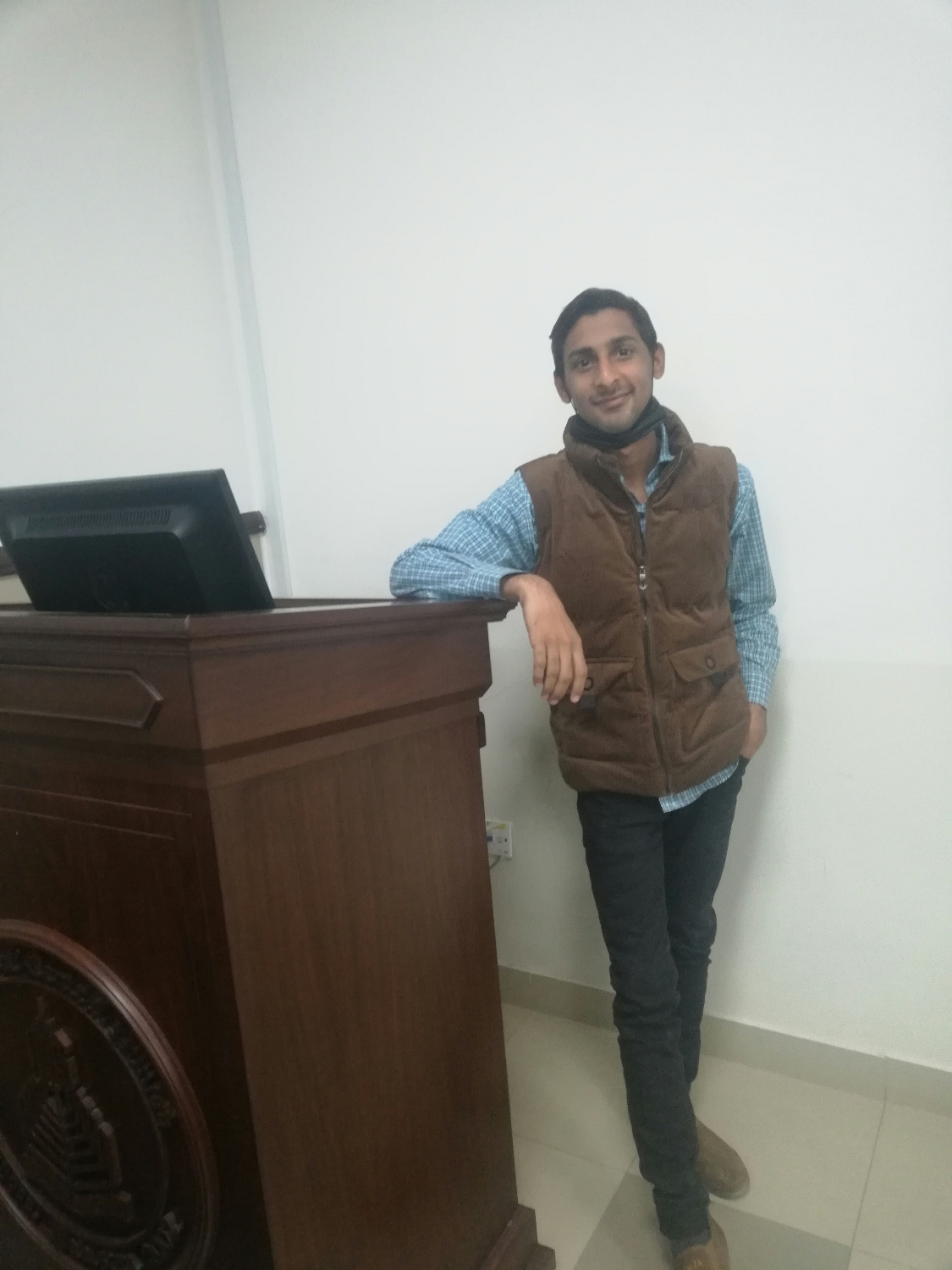Explore a particular Image in the sense of Postmodernism (Update version)
- Musleh Saadi

- Feb 21
- 3 min read
To explore this image through the lens of Postmodernism in literary theory, we can delve into several key aspects that define Postmodern literature and theory:
This photo effectively illustrates fundamental ideas of postmodern literary theory. Let us trace its relationship to such theoretical structures, employing particular pictorial features as "textual references" and structuring our analysis for intelligibility.

Fragmentation and the Decentered Subject: The most immediate thing about the picture is the fractured head, which consists of various layers, each with different eyes and facial expressions. This explicitly mirrors the postmodern motif of fragmentation. Postmodernism eschews the concept of a stable, unified self, instead representing the individual as a disjointed, sometimes discordant, assortment of parts. This fragmented head is also a visual representation of the postmodern self that does not possess a unified identity or the non-linear, fragmented narrative forms in postmodern writing. The multiplicity of layers also feeds into the decentered subject concept. The lack of a single, monolithic face undermines the classical concept of a central, fixed self. The image instead proposes a fluid and dynamic self, a construction continually being molded and remolded by diverse points of view and experiences, a reflection of the postmodern perception of self as social construction, subject to deconstruction and transformation.
Metafiction and Self-Reflexivity: The image's patently artificial and dreamlike quality calls attention to its own constructed-ness. This self-awareness is consistent with metafiction, one of the defining aspects of postmodern writing. Metafiction is composed of texts that expressively address their artificiality and the mechanisms of their production. They can shatter the fourth wall, remark on their own structure, or dissolve the line between fiction and fact. The photograph, in displaying a plainly constructed head, encourages the viewer to reflect upon the character of representation in general. It becomes a visual representation of self-reflexivity, a device often used in postmodern fiction to problematize the nature of narration and the act of writing. The photograph, as a metafictional novel, invites us to explore how meaning is constructed and how art relates to reality.
Playfulness and Irony: The playful and caricatured aspects of the broken head are reminiscent of the postmodern flair for playfulness. Postmodern writing usually includes parody, pastiche, and the humorous use of language to countermand conventional forms and conventions. The stylized, near-cartoonish representation of the head, though interesting, also involves a sense of irony. Ironic distance is one of the signs of postmodern writing, tending to satirize and deconstruct conventional norms, cultural presuppositions, and literary traditions. The surreal presentation of the human body in the image, thus, can be read as a satirical observation on the very concept of an unchanging and definable self.
Intertextuality and Pastiche: The composite and stratified nature of the head invites intertextuality. Every stratum, with its unique characteristics, can be interpreted as an allusion to various styles, influences, or stories. Postmodern fiction celebrates intertextuality, the fact that all texts are related and meaning is produced in terms of the relationship of other texts. The image also conjures up pastiche. The co-mixing of various visual styles and components to produce something new reflects the literary method of pastiche, in which several genres, styles, and voices are emulated or blended, sometimes in a manner that praises as well as condemns the originals.
Relativism and Ambiguity: The various faces and points of view introduced in the image visually symbolize the postmodern denial of absolute truths. Rather, the image is relativistic, with meaning being viewed as subjective and based upon individual perspectives. This is consistent with postmodern literature, which frequently introduces multiple, incompatible meanings and resists final conclusions. The image's failure to have a specific, definite meaning captures ambiguity. Postmodern writing often leaves questions open, accepts paradox, and invites readers to engage actively with the construction of meaning.
Deconstruction: The photo deconstructs the classical notion of a human head. It disassembles the notion of a coherent, singular self that defines the classical idea of a human head. This reflects the postmodern literary strategy of deconstruction, in which texts are read to uncover underlying contradictions and to challenge fixed meanings and hierarchies. The broken head is thus a visual deconstruction of the classical notion of a coherent, unified self.
In short, this photograph is a potent visual embodiment of dominant postmodern motifs. It represents the fragmentation of the self, the decentering of the subject, the self-reflexivity of metafiction, the ironic playfulness of irony, the interconnectivity of intertextuality, the pastiche blending, the embracing of relativism and ambiguity, and the critical practice of deconstruction. As postmodern fiction provokes readers to question and reinterpret the character of texts and the process of reading, this photograph encourages observers to re-examine conventional assumptions about identity, reality, and representation.



Comments